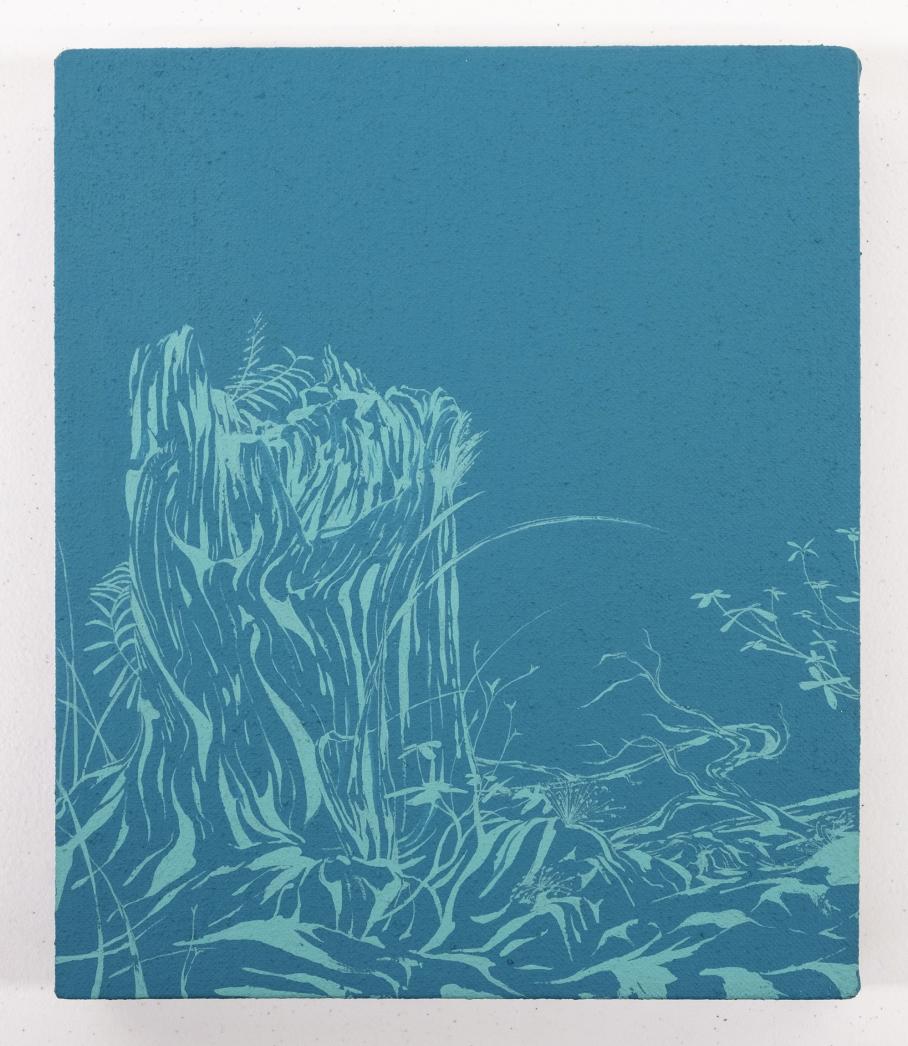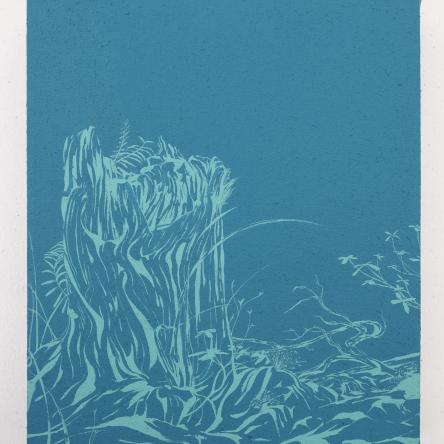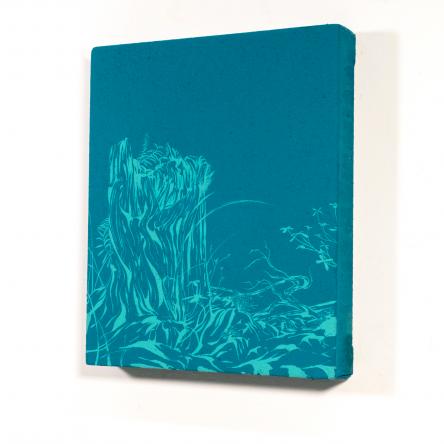← Return to Colossal Wait: 2022 Senior Art Exhibition
Art, in the broadest sense, has long been a means for us to reconcile with our own positions in relation to larger systems and forces. It is bound to the earliest records of our history, forming cultures and reinforcing the legitimacy of their power structures. Art can also serve as a personal propaganda of sorts, expressing parts of the artist’s consciousness that bolster or counter commonly accepted ideologies. Lygia Clark relentlessly pursued the concept that art happens in one’s mind by stretching traditional mediums to their limits. Zhao Mengfu left ample room for the viewer’s interpretation by sculpting implied space with both subtle and impassioned mark-making. Paul Cézanne broke convention by unapologetically depicting his perspective of the world. Faith Ringgold did the same, while also fearlessly confronting the harm that results from believing one’s perspective is more valuable than another’s. The individual expressions of these and other artists throughout history have shaped how I perceive art’s ability to highlight and comment on core aspects of our being. I use painting as a platform for conversation, a way to explore our relationship with our environment and to learn from the perspectives and beliefs of others. I paint without direct references so the subjects can form freely on the canvas, developing harmonic relationships between some components and tension between others. Working from memory, my paintings become a collision of experiences that have significantly impacted my consciousness. The implied space, ambiguous colors, and undefined perspective make the paintings purposefully challenging to contextualize. The viewer can more freely develop their own interpretation of the environment, letting their experiences shape the scene. The position of the viewer is, consequently, a communal one; in learning from the interpretations of others, our own understanding expands.









